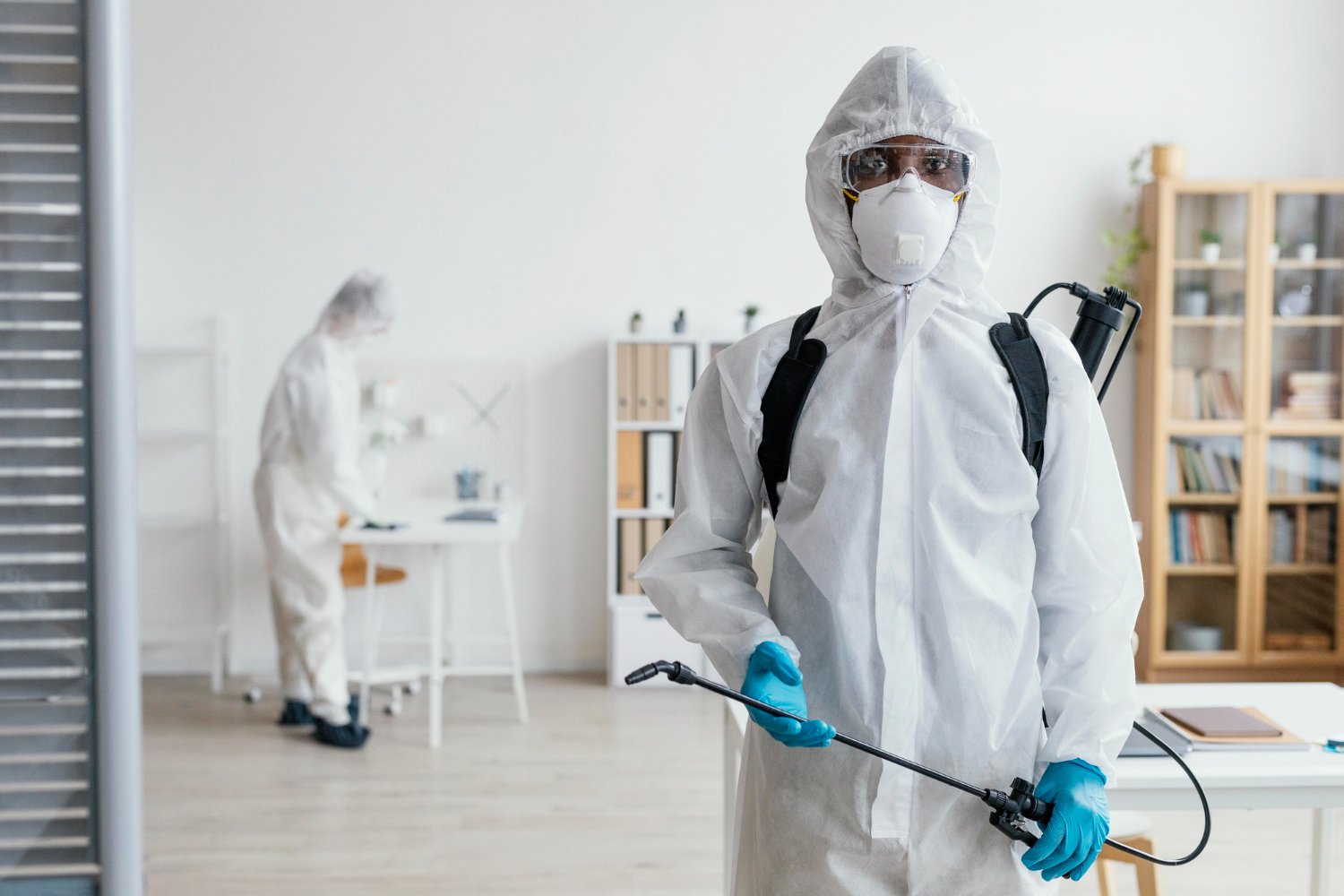Dependable A1 Bed Bug Exterminator Charlotte - Eliminate Bed Bugs Quick
Dependable A1 Bed Bug Exterminator Charlotte - Eliminate Bed Bugs Quick
Blog Article
Bed Pest Treatment Failure: Comparing Chemical Vs. Non-Chemical Solutions
In the realm of pest control, especially when handling the relentless problem of bed bugs, the selection in between chemical and non-chemical treatment services can be a pivotal one. Both approaches supply unique benefits and disadvantages, affecting factors such as effectiveness, safety and security considerations, and total cost. By checking out the nuanced details of each approach, a clearer understanding of which path to seek in attending to a bed bug problem can be obtained.
Performance of Chemical Treatments
Chemical therapies for bed pest invasions have been widely recognized for their potent and fast efficiency in eradicating these bugs. When thinking about the efficiency of chemical therapies, it is crucial to recognize that they can provide a quick and complete option to a bed insect issue. Professional pest control specialists typically depend on pesticides to target bed insects at numerous stages of their life cycle, consisting of eggs, grownups, and fairies. These chemicals generally function by disrupting the bed insects' nerves, bring about paralysis and eventual death.
Furthermore, chemical treatments have the benefit of using residual results, meaning that they can remain to get rid of bed bugs even after the initial application. This residual action is particularly helpful in combating any kind of prospective re-infestations. In addition, the rapid activity of chemical therapies can bring relief to individuals dealing with serious bed bug problems, allowing them to reclaim control of their home swiftly.
Security Worries With Chemical Solutions
One critical element that requires mindful consideration when making use of chemical options for bed bug treatment is making certain the safety of occupants and the environment. Exposure to certain chemicals used in bed pest therapies can lead to respiratory problems, skin irritation, or various other adverse responses, particularly in individuals with pre-existing problems or sensitivities.
Moreover, the environmental influence of chemical services is an additional considerable consideration. Some chemicals utilized in bed insect therapies may be harmful to beneficial insects, wildlife, and environments if they leach right into the soil or water supply. It is important to make use of chemical therapies sensibly, following safety and security guidelines, and considering much less toxic alternatives to mitigate these threats and make sure the secure and efficient administration of bed bug infestations.
Advantages of Non-Chemical Approaches
Thinking about the possible safety issues and environmental effect associated with chemical options for bed pest therapy, discovering non-chemical methods presents an appealing option with several unique advantages. Non-chemical therapies are ecologically pleasant, as they do not contribute to air or water pollution, making them a sustainable option for parasite control.
In addition, non-chemical options can be effective in targeting bed bugs, consisting of hard-to-reach locations where chemical therapies might not permeate - A1 bed bug exterminator charlotte. Approaches such as heat treatment, vacuuming, steam cleansing, and bed mattress coverings give detailed elimination without the use of harmful chemicals.
Limitations of Non-Chemical Treatments

Furthermore, non-chemical treatments typically need multiple applications to accomplish successful removal. This can be time-consuming and may not always guarantee total removal of all bed insects and whats pest control their eggs, specifically in concealed or hard-to-reach areas.
Furthermore, the success of non-chemical treatments greatly counts on proper application and thoroughness, which can be testing for individuals without specialist expertise. Insufficient application of non-chemical methods might result in insufficient elimination, leading to relentless problems and the demand for extra therapies.
Therefore, while non-chemical therapies have their advantages, it is vital to acknowledge these constraints and consider them when figuring out one of the most effective approach for managing bed pest infestations.
Expense Comparison: Chemical Vs. Non-Chemical Options
Offered the restrictions connected with non-chemical therapies, a necessary facet to review in the context of bed insect monitoring is the price contrast between chemical and non-chemical options. Chemical treatments typically include the application of pesticides by specialists, which can range from $250 to $900 per space, depending upon the seriousness of the infestation and the dimension of the location to be treated. On the other hand, non-chemical therapies like warm treatment or steam can be more pricey, with expenses ranging from $1,000 to $6,000 for a whole home. While the preliminary cost of chemical treatments may seem reduced, multiple treatments might be required to totally eliminate the infestation, possibly boosting the general cost. On the various other hand, non-chemical choices may provide a more sustainable and eco-friendly service, although they can be cost-prohibitive for some individuals. Inevitably, when thinking about the cost of bed pest treatment alternatives, it is necessary to evaluate the upfront costs against the performance and look at more info long-lasting sustainability of the chosen technique.
Verdict

Considering the potential security issues and environmental impact connected with chemical solutions for bed bug treatment, checking out non-chemical strategies presents a promising option with numerous distinctive benefits.Provided the constraints connected with non-chemical treatments, an essential element to assess in the context of bed insect monitoring is the expense comparison in between chemical and non-chemical options. In contrast, non-chemical treatments like heat therapy or vapor can be more expensive, with expenses ranging from $1,000 to $6,000 for a whole home. While the first price of chemical treatments may seem lower, several therapies may be needed to totally remove the infestation, possibly increasing the general price.In final thought, when comparing chemical and non-chemical bed insect treatment choices, it is crucial to take into consideration efficiency, security, advantages, restrictions, and price.
Report this page